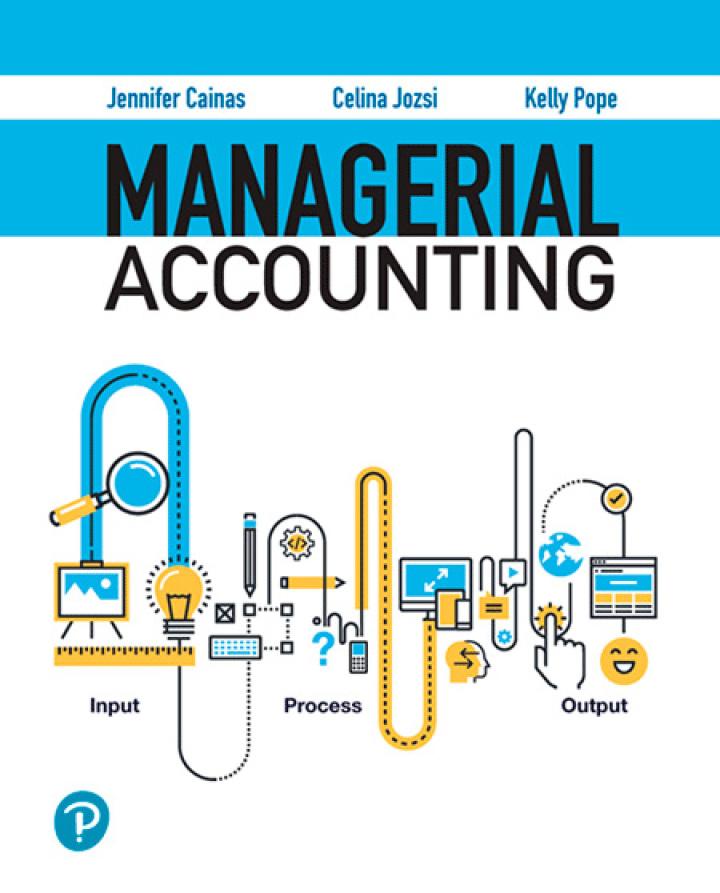Question
Questions You are standing in line. Think about what you would be doing if you are not in this line. The alternatives are infinite and
Questions
You are standing in line. Think about what you would be doing if you are not in this line. The alternatives are infinite and computing the cost of them all is impossible. However, since you could only be doing one thing (not all of them) if you are not in this line, determining the opportunity cost requires only knowing the one thing you would be doing.Calculate (in $$$) your opportunity costs of standing in line.
Here and article that explain and containexamples of calculating opportunity costs.
"Conclusion:The Cronut has lower opportunity costs in absolute dollar terms, but far higher relative opportunity costs. Also, if you going to wait in line for an iPhone, buy a 5S. Interestingly, while Dominique Ansel is selling a baked good, the cost to his customers almost entirely consists of waiting in line.
To complete these calculations, you have to make a slew of assumptions (always a sign you are doing serious economic analysis). And each assumption has caveats.
Assumption 1:Line length in yards can be reliably converted into line length in minutes, and that this conversion rate is reasonably constant for both lines.
For the Cronut, this relatively easy. The Cronut can sell out, so the only way to ensure you will get one is to arrive at Dominique Ansel Bakery early. Really, really early.Like 5:45 am, two hours and 15 minutes ahead of the bakery's 8:00 opening. Anything else, and you expose yourself to waiting in line, and not getting the Cronut. This isn't the venue to put a cost on that type of moral failure.
For the new iPhones, people began lining uptwo weeks ago(albeit at not at the Soho store). Again, putting aside thealmost moral failureto secure a gold 5S, you need several hours of early morning waiting to ensure you get an iPhone.
- Caveat 1:Imprecision and variability. I tried to be conservative in my estimation of wait times, erring on the shorter side, but a conservative estimate is still an estimate. Nothing comparable toDan Nguyen'stracking of the wait times to get into MoMa's Rain Room has been done for Apple lines. It's very hard to know precisely how long the line at either store will take. For instance, when I called Dominique Ansel Bakery to ask how long the wait generally was based on how long the line was, an employee told me that it's basically impossible to know. Some transactions, he explained, were very brief and involved a single Cronut. Others took as long as ten minutes, involving multiple Cronuts and lots of souvenirs, which he described as "the sort of things you could take on planes". (Out-of-towners add a further layer of complexity: see caveat 2.)
Assumption 2:The salaries of the people waiting in both lines are uniform and equal, and equal to the average of the median individual incomes inNew York and Kings County in 2011: $80,326 per year, which works out at $40.16 an hour using the standard 50 week, 40 hours per week, 2000 hours per year work year.
- Caveat 2:Imprecision and variability again. There's no good way of knowing precisely how much people's time waiting in line is worth. Obviously, they make different amounts of money doing different things. Some of those things are the type of job (e.g. hourly-pay based job that they missing work hours at to wait in line) where waiting in line has a clear cost. But what about a salary worker who doesn't need to be at work during the hours they are waiting in line? Does the lost sleep count as a monetary cost? If so, is it offset by the status signalling benefits of waiting in line? (See caveat 3)
Assumption 3:Waiting in line is a has a cost associated with it.
- Caveat 3:Maybe the opposite is true! People line up for all sorts of nutty, yet identifiably human, reasons: They want to be part of something; they want to spend time with friends; they want to the chance to bevenerated as a deity; orthey are being paid to be thereby other peoplewho don't have the time to read this post but have enough money to pay someone else to wait in line for them. For the people standing in line, these are all, to answerPaul Vigna's question, good or mediocre reasons to be there. Which means, if there is an Apple-store-line-length arbitrage to be had (and there is! The line at the Meatpacking store is measurably shorter than the line on Fifth Avenue!), there's a mediocre argument that you get the most return by going to the store with the longest lines.
Assumption 4:After waiting in line, customers buy one product.
- Caveat 4:Maybe. After waiting in line and sensing that they just burned through a bunch of opportunity cost, some customers buy more than one iPhone or a bunch of Cronuts. This is smart: after waiting in line for a fixed amount of time, buying more products reduces the opportunity cost as a percentage of the full cost."
can you please includes any sources used
Step by Step Solution
There are 3 Steps involved in it
Step: 1

Get Instant Access with AI-Powered Solutions
See step-by-step solutions with expert insights and AI powered tools for academic success
Step: 2

Step: 3

Ace Your Homework with AI
Get the answers you need in no time with our AI-driven, step-by-step assistance
Get Started


